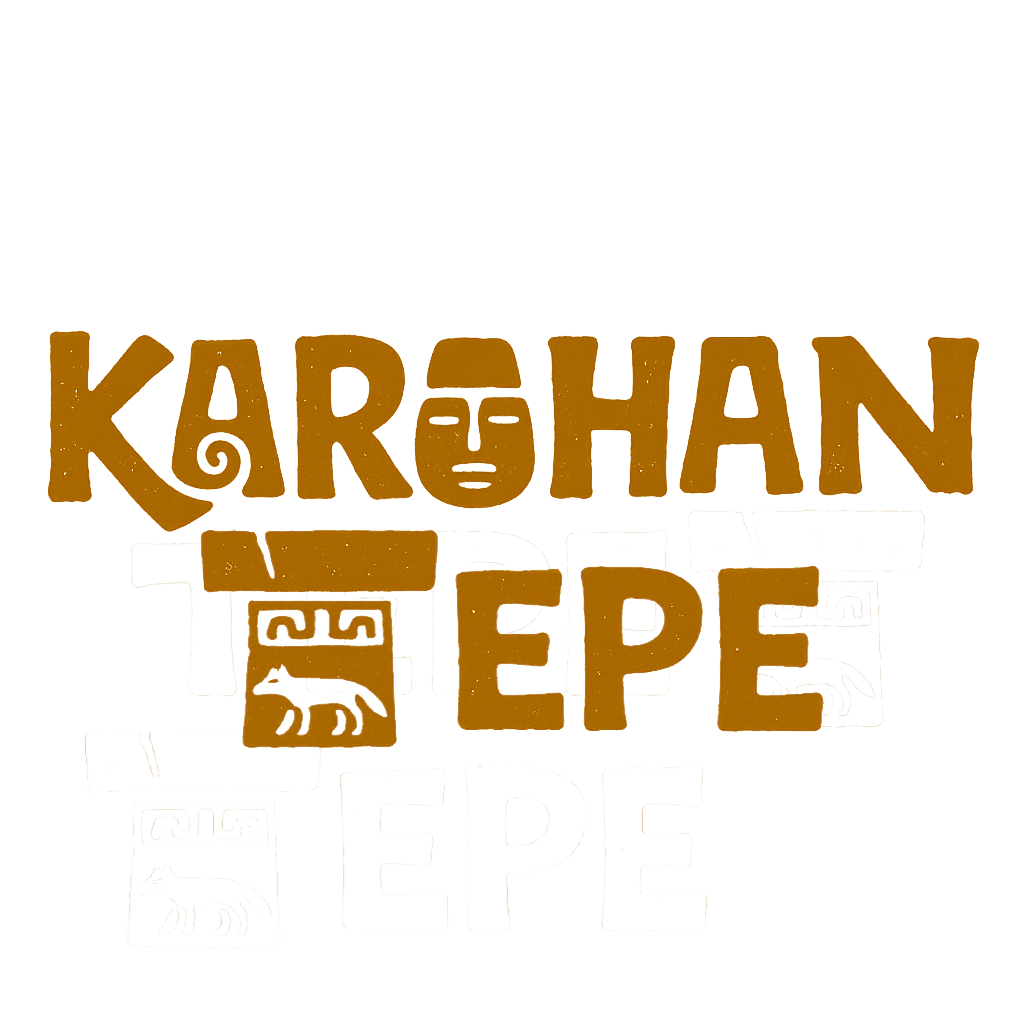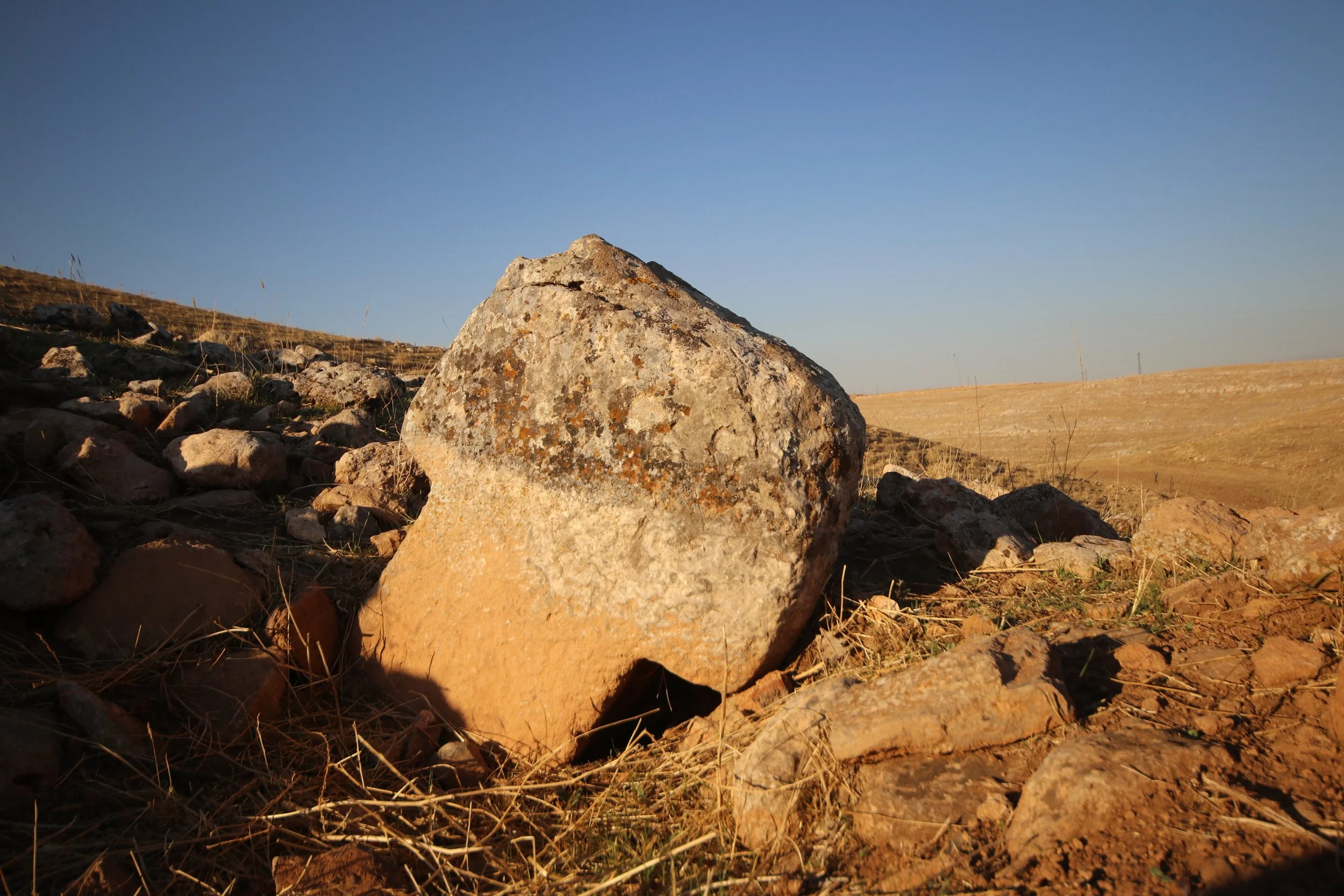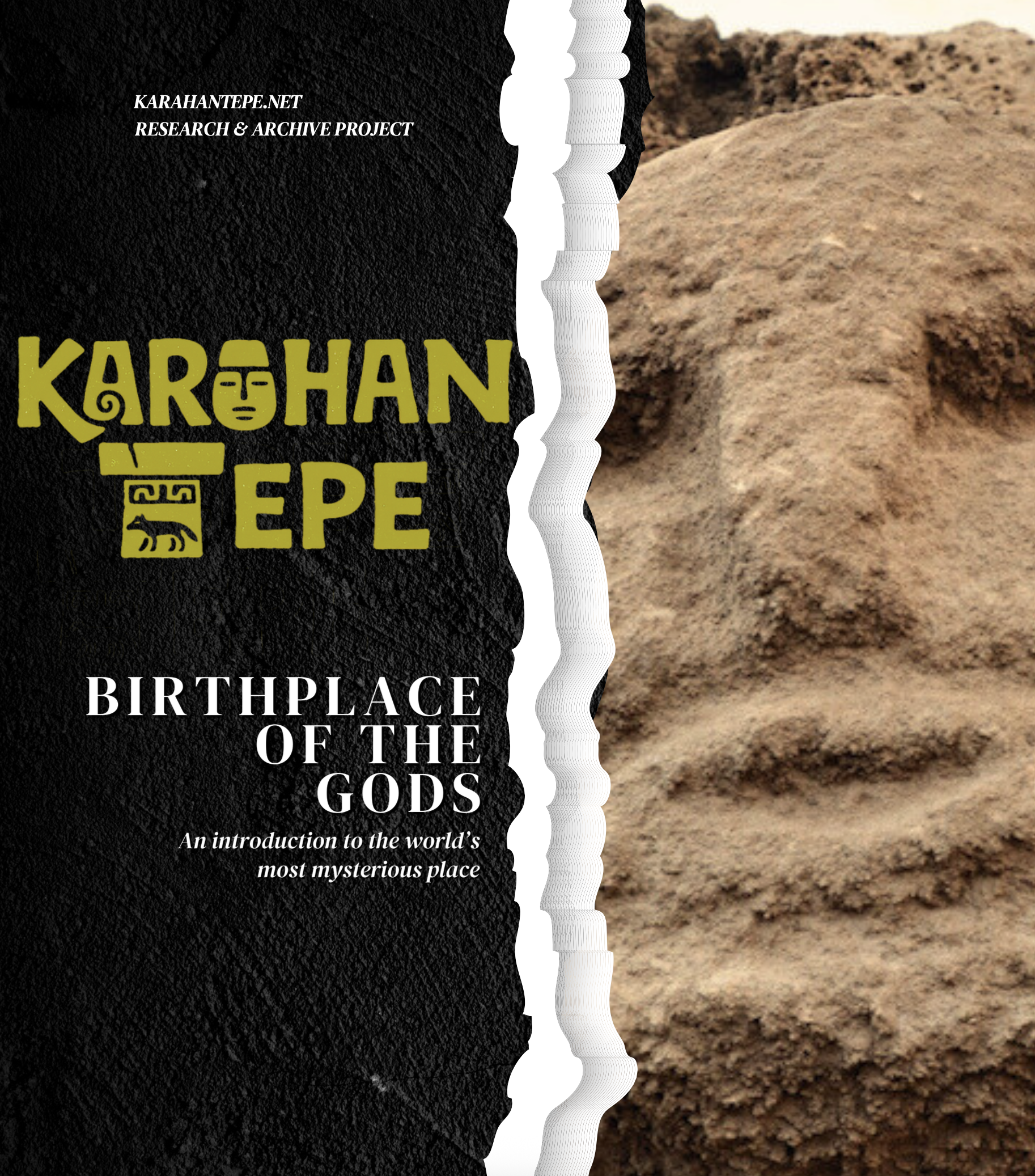“Like something out of an Indiana Jones movie.”
📍 What Is Karahan Tepe?
High in the Tektek Mountains of southeastern Turkey, carved into bedrock above the Euphrates plain, Karahan Tepe lay buried for over ten millennia. Today, it rises again - revealing a forgotten chapter in human history.
This is not just a ruin. It is one of the oldest sacred sites ever discovered, older than the wheel, older than writing, older even than the idea of a city.
Part of a broader archaeological zone known as Taş Tepeler (“Stone Hills”), Karahan Tepe sits 60 kilometers east of the ancient city of Şanlıurfa - once the anicent Edessa, a crossroads of prophets and kings.
⏳ How Old Is It?
Karahan Tepe was built around 9400 BCE.
7,000 years before the Pyramids
6,000 years before Stonehenge
Before pottery, the wheel, written language, metal, or domesticated crops.
‘The Serpents Head’ @ Dakota Wint (Dec. 01 2020)








🪨 What’s Been Found?
Karahan Tepe is filled with strange, ancient wonders:
266 T-shaped megaliths over 3 meters tall (including an unfinished one left into the hill)
A carved human head, staring from a sunken stone chamber
Phallic pillars, leopard motifs (and bones), human bones, a mysterious vulture stone, and statue of an apparent dead man.
Our team was told that a human skull was found in a ‘porthole’ within the new chamber where the Ribbed Corpse statue was unearthed.
As of July 29th, 2025 no official reports have been made.
But here’s where it differs from its sibling site, Göbekli Tepe:
Göbekli shows no signs of everyday life - no tools, no homes, no food prep. (This has since changed)
Karahan Tepe does.
Archaeologists, including lead excavator Dr. Necmi Karul, have uncovered:
Stone-built rooms with hearths
Grinding stones and food-processing tools
Storage areas and possible domestic spaces
It might have been both a home and a temple a place where people lived, worked, and worshipped side by side.
🌄 Why Does It Matter?
Karahan Tepe isn’t just ancient… It was thought to be impossible.
It flips the timeline of human history. These temples were not built by settled farming societies. In fact, they may have come before farming as we know it.
That changes everything.
How did nomadic or semi-settled people organize to build such complex structures? How did they carve symbolic monuments with what appears as generational mastery in stone carving - all without agriculture, cities, or writing?
It suggests something radical:
Spirituality may have been the first reason we gathered.
The temple may have come before the village.
🕳️ What We Still Don’t Know
Why were the enclosures deliberately buried?
At both Karahan and Göbekli, structures were not abandoned - they were ceremonially entombed. Why? Was it a ritual closure? A spiritual “sealing”? A response to crisis?
Why so much effort for no clear economic return?
No agriculture. No trade goods. No palaces. Just massive stone monuments carved into bedrock… by hunter-gatherers. Why?
What do the phallic symbols and leopards mean?
Are they fertility icons? Clan markers? Spirit animals? The frequency of genital symbolism and predatory animals suggests a symbolic system we no longer understand.
Was it all part of one vast ceremonial network?
Karahan is one of over 10 sites now found in the Taş Tepeler region - many with similar architecture. Were they separate communities? Pilgrimage stops? Seasonal ritual hubs?
Who were these people and where did they go?
We don’t know what they called themselves. We don’t know what language they spoke. All we have are their mystical stones….
The Unfinished Pillar at Karahan Tepe @ ‘SanliurfaTour.com’
🛕 Can You Visit?
Yes. Karahan Tepe is open to the public, though excavation is ongoing.
Always use a reputable guide like SanliurfaTour.com Contact on WhatsApp +1313 699 4917
🐍 Want More Mysteries? 🐍
Join our Newsletter for Free E-Book
Join our free newsletter for new Tas Tepeler and Karahan Tepe discoveries, essays, and field reports from the oldest temples on Earth!
Karahan Tepe ‘Corpse Man’ @ Dakota Wint (Oct. 9 2024)








